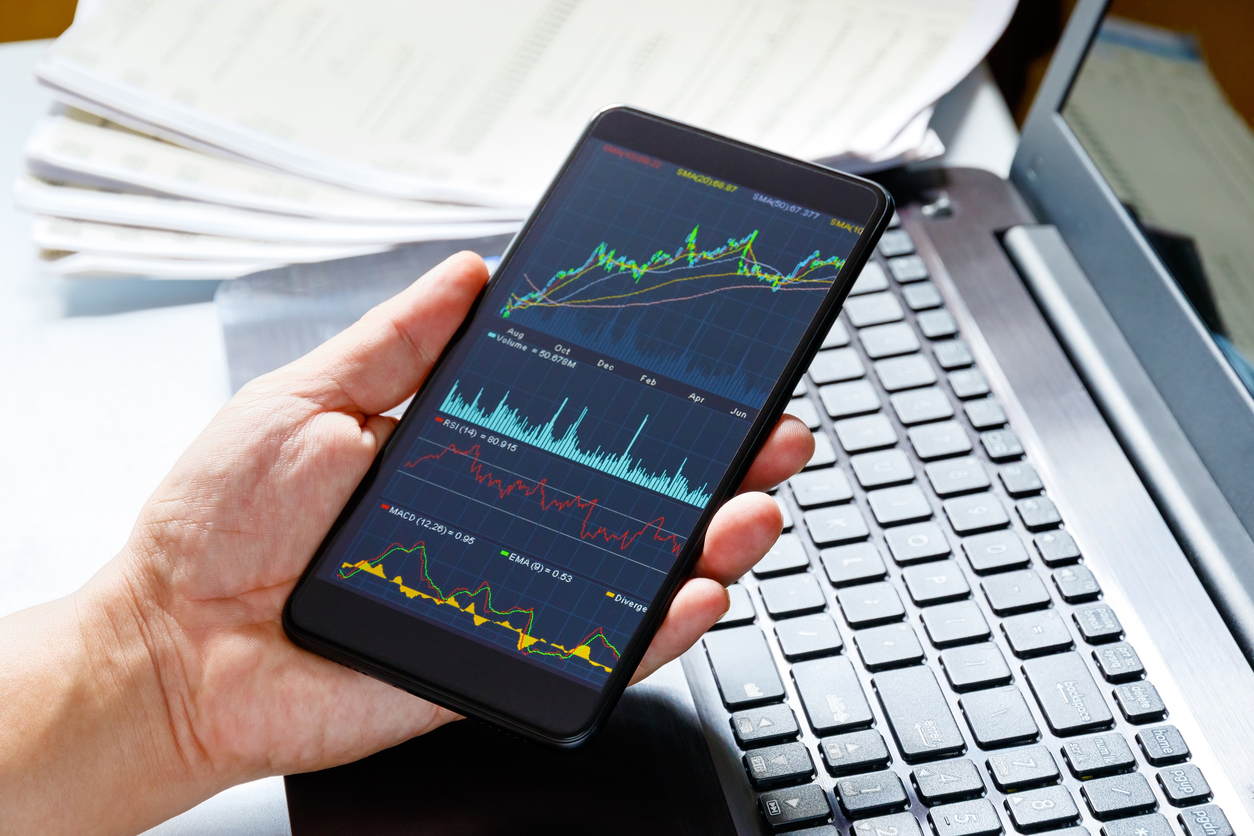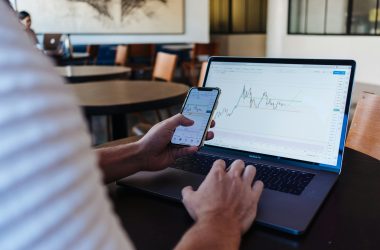Last Updated on: 22nd November 2023, 12:28 am
Brokers used to be the gatekeepers of trading. You needed them as a middleman to the market and had to live with their fees. Nowadays, realizing your desire requires much less effort, and you can use the same device to trade that you use for ordering cabs or snapping selfies – your cell phone. “The power to profit is literally in your own hands and it’s up to you how much you leverage it”, says David Lojko, co-founder of Earn2Trade. This is good news to experienced traders but novices need solutions that are simple to use and offer educational resources. They also need to be aware of some of the potential issues with mobile trading.
As trading apps multiply, it becomes more difficult to filter out the noise and retain only the most useful and usable content. So what does a newbie need in their trading app?
The user interface should be sleek, intuitive and easy to use. When evaluating how simple a platform is to use, several questions should be considered. How easy is it to create watchlists? Is it possible to set up alerts and customize them? What types of screening tools are available to help find potential investments? How well do the graphics tools work and what technical indicators can be used? Intuitive platforms are preferred, with a flexible layout that allows you to control the tools that are front and center every time you open the program.
Your trading app should have a fast, readily accessible order process. Markets change rapidly, and having the ability to get an order as soon as you can is an integral part of maximizing your profits. One click execution can be crucial to getting that trade in at the right time, and it’s one feature any good trading app should have.
Webinars and coaching videos can be particularly useful in getting people up to speed. Educational offerings and training platforms you can take on the go are non-negotiables for excellent mobile trading apps. Having access to material while you travel or while you wait can help you use up those minutes you’d otherwise spend on YouTube watching cats play Mr. Dressup. Finally, your mobile trading app should have an accessible and easy to understand user guide. If it takes someone else to explain it, then it wasn’t designed well.
Top apps fill all these criteria, frequently including additional features and constant updates.
The proliferation of trading apps seems a bit too good to be true: with the financial industry embracing trading apps, a tech-savvy generation can trade from anywhere at any time. There are millions of users worldwide making transactions worth billions, sometimes over $100 million per trade, proving that trading from a cell phone is a viable format. Professional traders might gripe about the speed of mobile apps compared to a desktop, but they can upgrade to paid services.
Speaking of gripes, let’s dig into some of the issues to consider when trading on your mobile. A serious downside is linked to technicalities – how can your personal information and assets be secured? A critical requirement for trading apps is to fulfill the same security standards as mobile banking apps and some of them fall short on this. If you don’t want to get disappointed, choose a company with FINRA (Financial Industry Regulatory Authority) and SIPC (Securities Investors Protection Corporation) memberships. They secure users up to $500,000.
The biggest security risks are related to data management. With the aid of cloud technology, a huge amount of extremely sensitive data gets shared. When using your mobile device you must be on a secure connection to ensure your information isn’t being caught in a net. The threats include hackers becoming more stealthy and resourceful, thus developers must make sure their security is sufficiently robust to foil their efforts. Thankfully, hackers have to compete with the increased use of biometric security, such as requiring fingerprints for completing transactions, and facial recognition services which protect sensitive information from unauthorized pries.
There’s also the ever prevalent issue of losing your signal, or having a battery die on you. This doesn’t speak to any issue regarding trading apps specifically, but more broadly to trading on a mobile device. Your desktop can be secured against power outages, or shortages, and you can back up your desktop with a second internet connection. Those options are not likely on your mobile device, although there are some ways to mitigate those problems.
All in all, the future looks bright for trading apps. While most of the current trading applications are narrowly focused and showcase features relevant to one or two types of trades, the next wave of apps will align more with the users’ lifestyle and personality, allowing them to customize the app specifically to their trading style. Although further innovations increasingly make trading seem like a piece of cake, it should not be forgotten that trading needs to be taken seriously. It doesn’t matter whether you use a small or a big screen to make financial decisions, succeeding takes discipline and continuous education.









